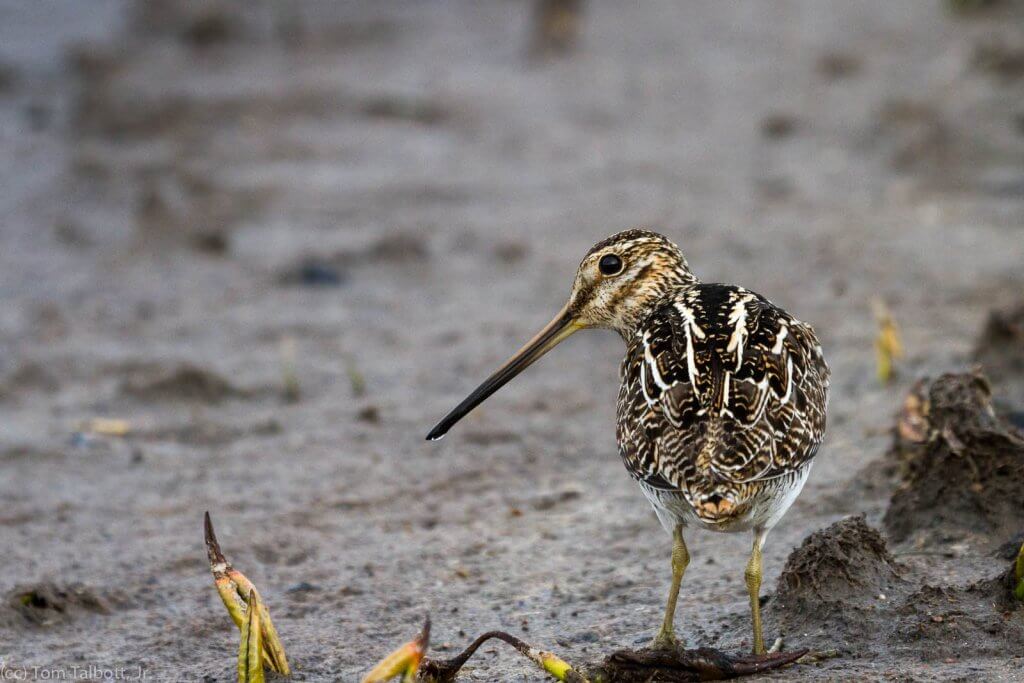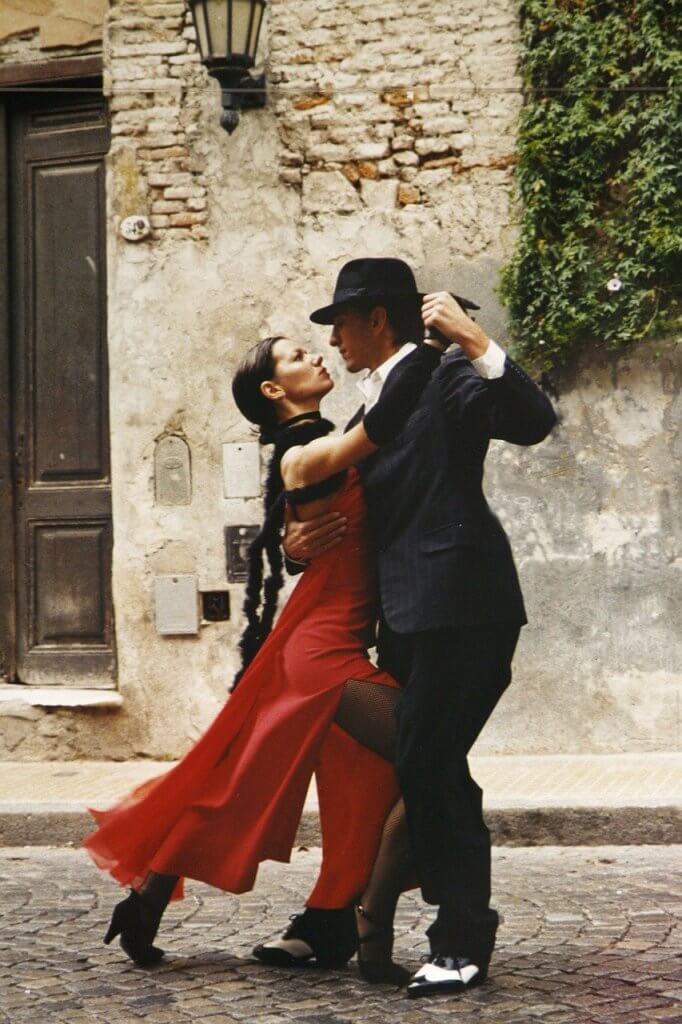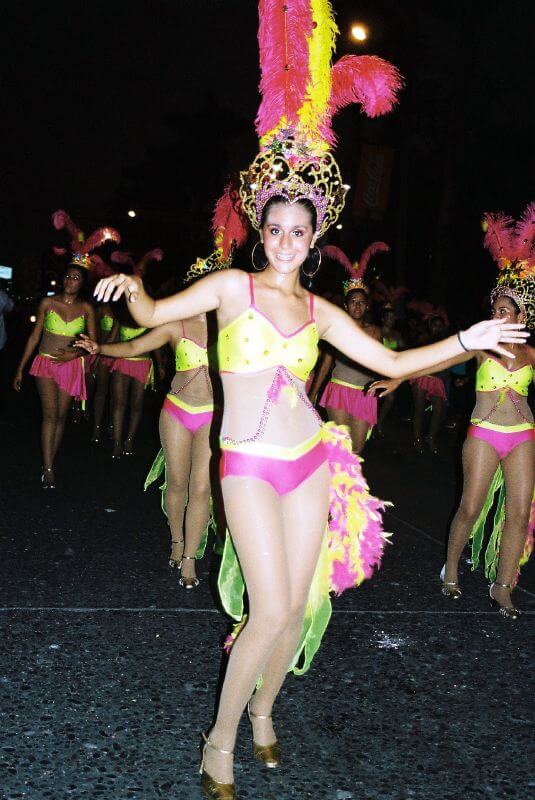A friend texted the other day with a possible sighting of American Woodcocks in Rock Hall — in a ditch right by the road! I immediately thought that spring must be on its way, even though the temperatures were at their lowest of the winter, and the ground was covered by a thin skin of snow and ice.
We jumped into the car and did a drive-by, but the birds had disappeared by then (some person had approached them on foot and spooked them, spoiling it for the rest of us ☹️). They didn’t return.
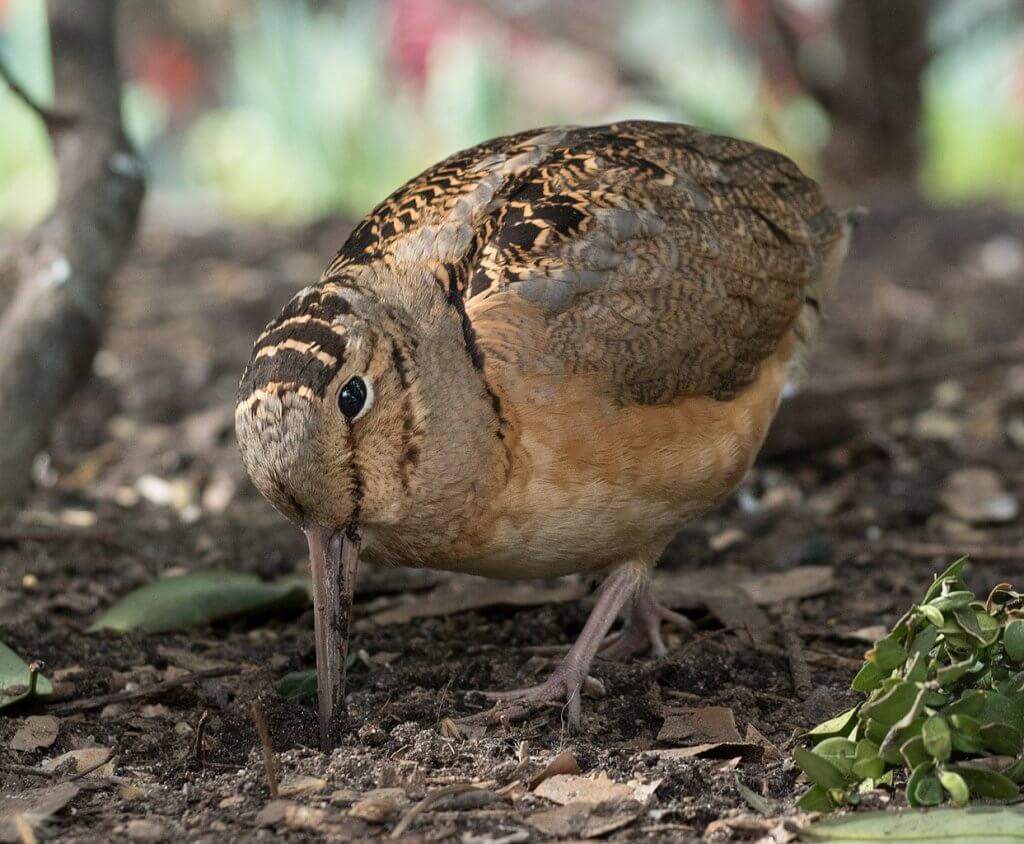
American Woodcocks are indeed a harbinger of spring. These plump, short-legged, long-beaked birds are among the first to start their northward travels from their southern wintering grounds on the Gulf coast and southeastern U.S. states. They start to arrive in Maryland in February.
Although classified as shorebirds, the woodcock’s brown, buff, black, and grey-brown coloring provides excellent camouflage in fields and forest floors. They forage for grubs and earthworms, snails and millipedes, using their long bill as a probe.
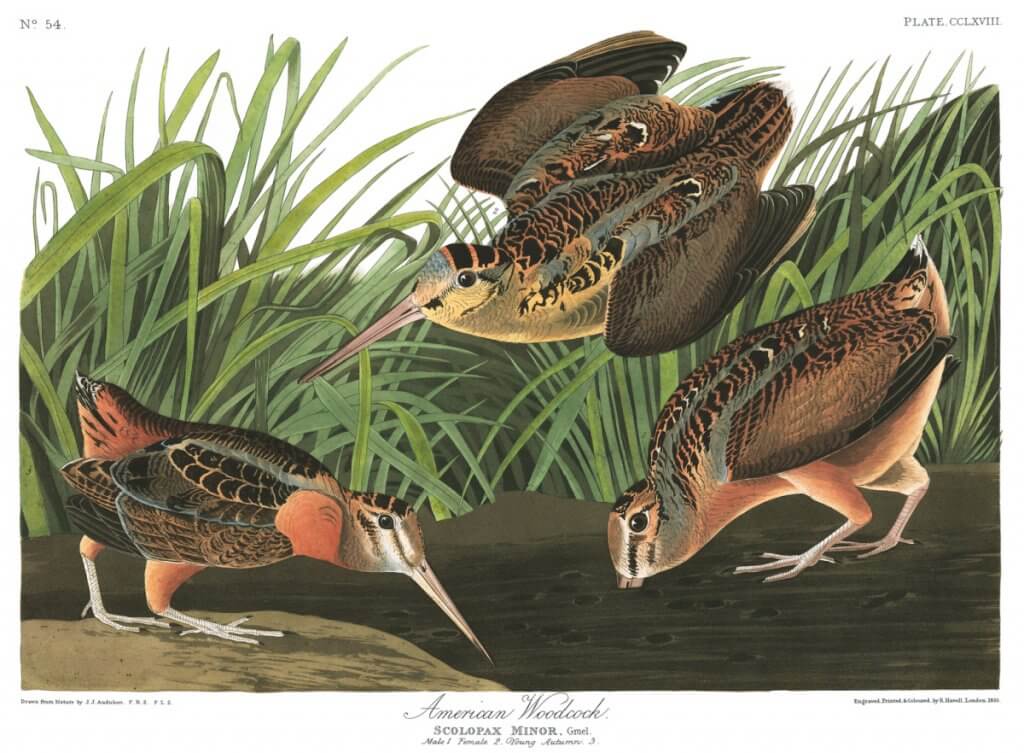
But they have two behaviors that set them apart from other birds. One is their mating flight; the other is their walk. Both have been described as “dances,” but if so, one would be an Argentine sky tango and the other a Cuban mambo.

Argentine Tango 
Cuban Mambo
As explained by a ranger from the Maine Department of Inland Fisheries and Wildlife in the short video below, the courtship ritual of the American Woodcock male is scripted and precise — first a series of “peent” calls, then a flight with rapid wing beats high up into the sky, then a rapid descent and steep dive back to the starting place. According to allaboutbirds.org, “as the male spirals upward into the sky during his display flight, his wings make a twittering sound produced by air passing through three narrow outer primary feathers.”
My husband and I witnessed this display a number of years ago when we were camping on Assateague Island. As we were sitting out in the gloaming, we heard the peent calls from the next campsite, and then twittering from the sky. In the near dark it was hard to make out what was happening, but we saw the shadowy bird flying straight up into the air, and finally coming right back down to where he’d started. He did this many times while making those characteristic sounds.
Listen to the woodcock: https://www.allaboutbirds.org/guide/American_Woodcock/sounds
The second type of dance that the American Woodcock does is actually the way they walk. They often sway and bob back and forth as they walk, giving them a comical aspect. It is said that the vibrations made by the shifting of their weight from foot to foot may prompt earthworms to move underground, and that the woodcocks may be able to hear or otherwise discern this movement, giving them clues to a meal. But whatever the purpose, this dance is amusing.
Turns out that the birds in Rock Hall weren’t even American Woodcocks, according to a pretty murky picture (not the one below) taken by the friend. They were probably Wilson’s Snipes, a woodcock cousin who likes to hang out in marshes and eat aquatic invertebrates. But a sign of spring as well. We’ll write about this species another day, once we’ve added it to our life list.
